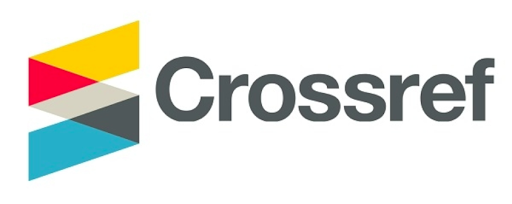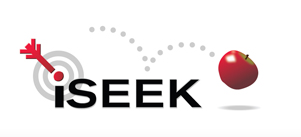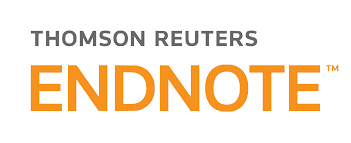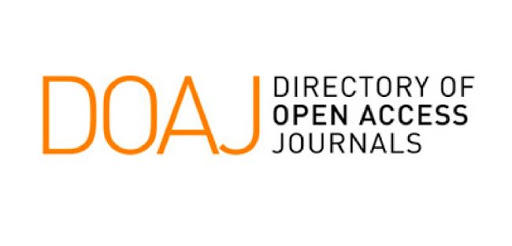Aim & Scopes
Sapporo Medical Journal aims to distribute and expand medical data to the World as well as build a supportive and vibrant community of researchers to connect and explore ideas by publishing articles related to all fields of medicine. Sapporo Medical Journal believes that quality and ethical research. The journal seeks to publish original research articles that are hypothetical and theoretical in its nature and that provide exploratory insights in the following fields but not limited to:
LATEST PUBLISHED PAPERS

Abstract : Introduction: Hypercoagulability is a hallmark of coronavirus disease (COVID-19) complications, including Pulmonary Embolism and Multiple organ failure, which are the leading causes of mortality. Anticoagulant therapy is a hallmark therapy for COVID-19 patients with hypercoagulability. In this study, we used enoxaparin ovine as the anticoagulant. Methods: A retrospective cohort study was conducted among 24 patients with COVID-19 admitted to Wisma Atlet Kemayoran COVID-19 Emergency Hospital between April 2022 and October 2022. D-dimer levels were determined on an I-Chroma cs2100, and X-rays were taken with a Rotanode E7239X. Result: Analytics were calculated using SPSS ver. 21. P value were considered statistically significant at P < 0.05, and there was a correlation between the decreased D-dimer group and the targeted D-dimer group levels after enoxaparin ovine treatment. (P<0.00). Factors including vaccination (P=0.163) and comorbidity (P=0.259) did not affect enoxaparin prophylaxis. Conclusion: Enoxaparin ovine prophylaxis prevents clinical deterioration in covid-19 patients. Bleeding is expected in enoxaparin ovine prophylaxis therapy, as well as in other anticoagulant therapies. Although it has an effect in decreasing D-dimer levels, we could not conclude that it did not lack efficacy because the majority of the patients were not on an oxygen device.

Abstract : Abstract—Introduction The chemotherapy will decrease the cellular immunity in nasopharyngeal carcinoma patient. The decrease of cellular immunity caused increasing infection event. Infection event in nasopharyngeal carcinoma inhibit the next cycle chemotherapy so the chemotherapy result become poorly. This study aimed to collect the data about cellular immunity post 3 cycle neoadjuvant chemotherapy, infection frequently and the difference decrease cellular immunity between infection group and non-infection group in advance nasopharyngeal carcinoma undergoing 3 cycle neoadjuvant chemotherapy. Methods: This research use before and after observasional eksperimental, 1 group without control in 8th floor building A RSUPN Dr. Cipto Mangunkusumo (RSCM), July – September 2015. Analyzed by bivariat by T or Mann Whitney Test. Results: There are decline cellular immunity, CD 4+ (p=0,002), CD 8+ (p=0,001). Ratio CD 4+/CD 8+ in normal. 4 subject (29,4%) undergoing pneumonia, 1 subject (5,8%) undergoing oral mucositis and pneumonia. Non infection groups CD 4+ quantity are: 524,22; 408,11; 374,78; 296,78. Infection groups CD 8+ quantity are: 361,00; 280,00; 286,00; 218,00. Infection groups CD 8+ quantity are: 225,50; 361,00; 183,50; 168,00. Conclusion: The cellular immunity are decreased after 3 cycle neoadjuvant chemotherapy. Oral Mucositis and pneumonia are most frequently infection. There are a difference decrease cellular immunity between infection group and non-infection groups.

Abstract : Aim of the study: The purpose of the present study was to assess fracture resistance of milled PEEK crowns veneered with composite compared to zirconia crowns veneered with porcelain under thermal and mechanical cyclic load. Methodology: A total of 20 veneered milled BioHPP and 20 veneered zirconia crowns were created and cemented on identical epoxy dies of prepared premolar. TCML was performed to simulate a one year period of oral service with 1200 thermal cycles (5°C/55°C) 2 min each cycle, 150000 mastication cycles at 49 N. After that the crowns were loaded to evaluate the fracture resistance. Results: Regarding to the fracture resistance test it was found that milled PEEK crowns showed the highest value (950.57 ± 123.26 N.) followed by veneered zirconia crowns (835.71 ± 245.14 N.). Statistical analysis showed non-significant difference between fracture resistance mean values (N) of the tested group Conclusions:. Fracture resistance of veneered PEEK crowns was comparable to that of zirconia veneered crowns

Abstract : Aim: The present study was done to evaluate and compare streptococcus mutans and sanguinis bacterial count on ceramo-metallic crowns and monolithic zirconia ceramic crowns at zero and 90 days follow up period. Materials and methods: Twenty healthy patients were chosen according to inclusion and exclusion criteria's and randomly distributed into two groups (n=10) according to material of the crown. A streptococcus mutans and sanguinis bacterial count (CFU/ml) were collected at zero- and 90-days interval from plaque, salivary swab and salivary collection samples. Results: No significant difference between the two groups except S. sanginus was significantly higher in plaque sample of zirconia crowns after 90 days follow up. Conclusions: Physical nature of bacteria may affect their adherence as Streptococcus sanguinis showed higher count on zirconia crowns than ceramo-metallic crowns after 90 days of follow up.

Abstract : Many studies have been conducted to assess the side effects of different types of vaccines focusing mainly on the general symptoms. However, there is no previous study that has investigated the prevalence of otorhinolaryngological symptoms among post- vaccinated patients in Saudi Arabia. This study aims to assess otorhinolaryngological symptoms post Covid-19 Vaccine and factors associated among patients with and without covid-19 infection. A Retrospective cross-sectional study was conducted among a sample of people at Eastern region who received at least 2 doses of covid-19 vaccine. People who had otorhinolaryngological symptoms before the 2nd dose were excluded. A total of 271 individuals fulfilling the inclusion criteria completed the study questionnaire. Participant's ages ranged from 18 to 69 years with mean age of 33.5 ± 14.8 years old. The most reported were Runny nose / itching / sneezing (8.1%), Sensation of discomfort/feeling of something stuck in the throat (7%), cough (6.3%). Exact of 29.1% of persons with history of covid-19 infections experienced otorhinolaryngological symptoms compared to 23.4% of others with no infection history. In conclusion, the study revealed that post-covid-19 vaccination otorhinolaryngological complications were were not frequent but reported mainly nasal and respiratory complications, mostly among females. Furthermore, otorhinolaryngological symptoms were more frequent among persons who were infected with pervious covid-19 virus.






















